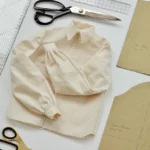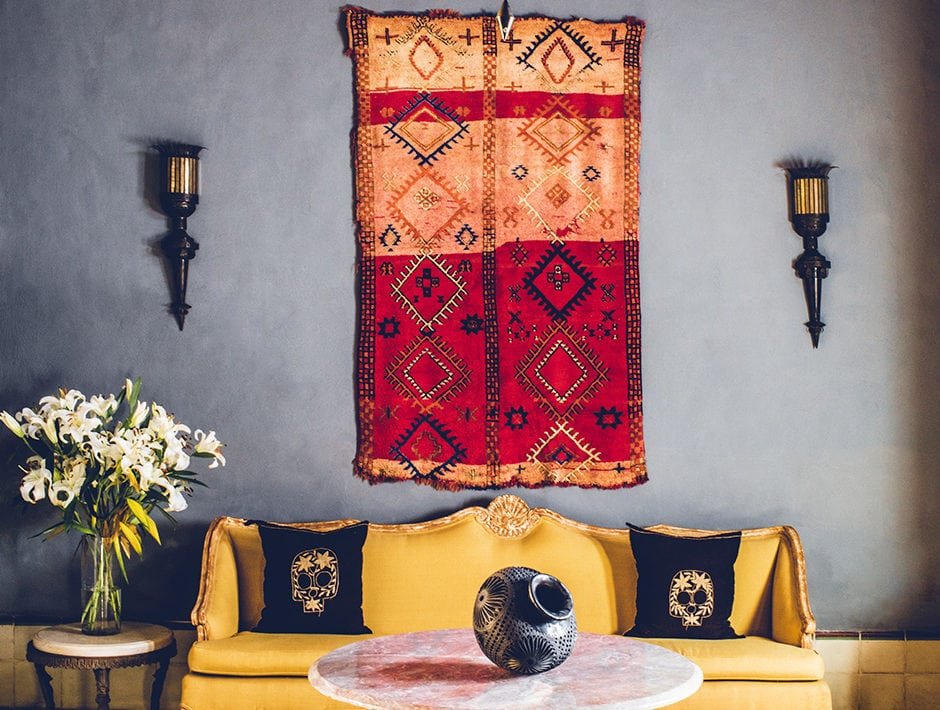Rugs have long been celebrated for their functional and aesthetic qualities. However, in contemporary interior design, rugs are increasingly recognized as art pieces that can significantly elevate a space. Here’s how you can use rugs as art to enhance your interior design:
1. Choosing the Right Rug as a Statement Piece
Selecting a rug as a statement piece requires thoughtful consideration. Look for rugs with bold patterns, vibrant colors, or unique textures that will capture attention. A statement rug should be the focal point of the room, setting the tone for the rest of your design.
For example, a large, intricately designed Persian rug can serve as a centerpiece in a minimalist room, adding depth and character. Similarly, a modern abstract rug can complement contemporary decor, infusing it with artistic flair.
2. Complementing Existing Decor
When using a rug as art, it’s essential to ensure it complements the existing decor. Consider the color palette and style of your room. Choose a rug that enhances these elements rather than competing with them.
For instance, if your room features neutral tones and modern furnishings, a rug with geometric patterns or a pop of color can provide contrast and visual interest. On the other hand, if your decor is traditional, a classic rug with intricate designs can add elegance and sophistication.
3. Creating Visual Impact with Placement
The placement of your rug can significantly affect its impact. Position it in a way that highlights its design and texture. In living rooms, place a large rug centrally under a coffee table to create a defined area. In dining rooms, a rug under the dining table can anchor the space and add warmth.
Additionally, consider using rugs on walls or as room dividers. Wall-mounted rugs can serve as unique art pieces, while rugs used as dividers can create distinct zones within open-plan spaces.
4. Mixing and Matching Rugs
Mixing and matching rugs can create a layered, eclectic look. Combine different styles, patterns, and textures to add complexity and depth. For example, pair a vintage rug with a modern one for an interesting contrast. Or layer smaller rugs over a larger base rug to create visual interest.
When mixing rugs, ensure they share some common elements, such as color or pattern, to maintain cohesion. Experiment with different combinations to find a look that suits your style and enhances your space.
5. Enhancing Room Ambiance
Rugs have the power to influence the ambiance of a room. A plush, high-pile rug adds warmth and comfort, making a space feel cozy and inviting. In contrast, a flatweave rug with bold patterns can add a touch of modernity and energy.
Consider the mood you want to create in your space. For a serene and calming environment, choose rugs with soft textures and muted colors. For a vibrant and lively atmosphere, opt for rugs with bright colors and dynamic patterns.

6. Incorporating Rugs into Various Design Styles
Rugs can seamlessly integrate into various design styles, from traditional to contemporary. In traditional spaces, rugs with classic patterns, such as Oriental or Persian, can add a touch of elegance. In modern interiors, abstract or minimalist rugs can complement sleek lines and simple forms.
Industrial and bohemian styles benefit from eclectic and textured rugs that add character and warmth. Scandinavian designs often feature rugs with clean lines and subtle patterns to enhance the minimalist aesthetic.
Conclusion
Using rugs as art allows you to enhance your interior design by adding visual interest, texture, and color. Whether as a statement piece, a complement to existing decor, or a way to create visual impact, rugs can transform your space and reflect your personal style. By carefully selecting and placing your rugs, you can elevate your interior design and enjoy the beauty of these artistic elements.











